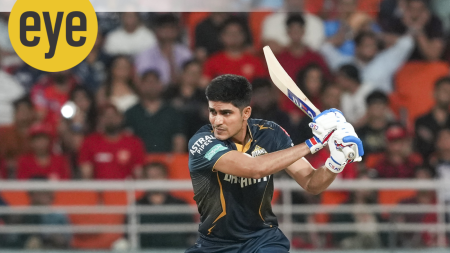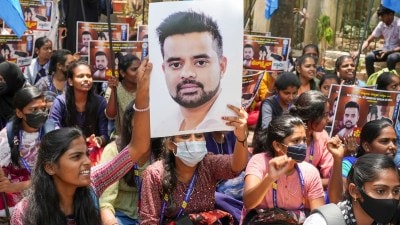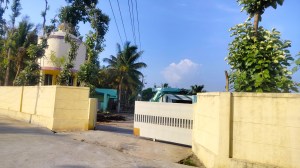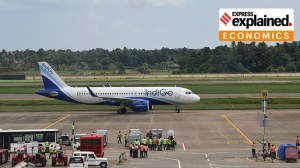- India
- International
Explained: Why are more than half of India’s children, women anaemic?
Anemia is the condition of having a lower-than-normal number of red blood cells or quantity of hemoglobin. How widespread is it in India?
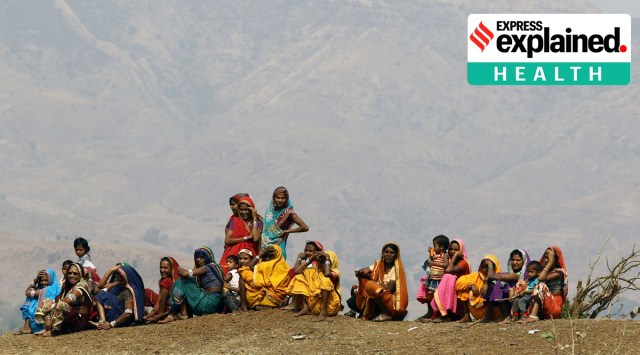 Early marriages and anemia have caused maternal health issues in tribal women of Nandurbar in Maharashtra. (Express Photo: Prashant Nadkar, File)
Early marriages and anemia have caused maternal health issues in tribal women of Nandurbar in Maharashtra. (Express Photo: Prashant Nadkar, File)Indian women and children are overwhelmingly anaemic, according to the National Family Health Survey 2019-20 released earlier this month, and the condition is the most prevalent in the Himalayan cold desert. The Indian Express takes a look at the findings of the survey
What is anaemia?
The condition of having a lower-than-normal number of red blood cells or quantity of hemoglobin. It can make one feel tired, cold, dizzy, irritable and short of breath, among other symptoms. A diet which does not contain enough iron, folic acid or vitamin B12 is a common cause of anaemia. Some other conditions that may lead to anaemia include pregnancy, heavy periods, blood disorders or cancer, inherited disorders and infectious diseases.
How widespread is anaemia in our country?
In Phase I of the National Family Health Survey (NHFS), result factsheets have been released for 22 states and UTs. Anaemia testing during the survey was done among children aged 6 to 59 months and among women and men aged 15 to 49 years of age. In a majority of these states and UTs, more than half the children and women were found to be anaemic.
In 15 of these 22 states and UTs, more than half the children are anaemic. Similarly, more than 50 per cent women are anaemic in 14 of these states and UTs.
The proportion of anaemic children and women is comparatively lower in Lakshadweep, Kerala, Meghalaya, Manipur, Mizoram and Nagaland, and higher in Ladakh, Gujarat, J&K, and West Bengal, among others.

Anaemia among men was less than 30 per cent in a majority of these states and UTs.
What was the methodology used?
NFHS used the capillary blood of the respondents for estimation of anaemia. For children, a haemoglobin of less than 11 grams per decilitre (g/dl) indicated anaemia. For non-pregnant and pregnant women, it was less than 12 g/dl and 11g/dl respectively, and for men, it was less than 13 g/dl. Among children, prevalence was adjusted for altitude and among adults, it was adjusted for altitude and smoking status.
Why is anaemia so high in the country?
According to Dr Sunil Raina, head of community medicine at Dr Rajendra Prasad Government Medical College in Himachal Pradesh, iron-deficiency and vitamin B12-deficiency anaemia are the two common types of anaemia in India. Among women, iron deficiency prevalence is higher than men due to menstrual iron losses and the high iron demands of a growing foetus during pregnancies.
Raina said that lack of millets in the diet due to overdependence on rice and wheat, insufficient consumption of green and leafy vegetables, and dominance of packaged and processed foods which are low in nutrition could be the reasons behind the high prevalence of anaemia in India. “Our food habits have changed and variation in cereals and natural food items has reduced,” he said.
However, he added, anaemia levels in India have consistently remained high in the post-independence period and not dropped significantly during this period, even following the green revolution when diet patterns changed. “Therefore, a deeper research is needed. There could be genetic or environmental factors, but such a study has never been conducted. Also, the current haemoglobin norms are based on western populations. In India, the normal standards could be different. There are women whose haemoglobin drops to six or eight sometimes but they remain healthy and well,” he said.
What about the cold desert region of the western Himalaya?
In the union territory of Ladakh, a whopping 92.5 per cent children, 92.8 per cent women and around 76 per cent men are anaemic in the given age groups, as per the survey. In the adjoining Lahaul and Spiti district which lies in Himachal Pradesh, 91 per cent children and 82 per cent women are anaemic, the survey said.
Both these areas are part of the Himalayan cold desert. In J&K and in rest of Himachal, the prevalence of anaemia is comparatively lower.
Health officials theorise that the high prevalence of anaemia in the cold desert region could be due to short supply of fresh vegetables and fruits during the long winter each year. Crops here are generally only grown in summer and during winter, residents fail to get a regular supply of green vegetables and fresh produce from outside, as connectivity becomes restricted due to harsh weather and snowbound roads. However, there could be other factors as well, and the causes of anaemia here are yet to be scientifically ascertained.
More Explained
EXPRESS OPINION
May 06: Latest News
- 01
- 02
- 03
- 04
- 05








